Rising Demand for Consumer Goods
The chloroprene rubber market is benefiting from the increasing demand for consumer goods, particularly in the footwear and sporting goods sectors. As consumers prioritize comfort and durability, manufacturers are turning to chloroprene rubber for its superior cushioning and flexibility. The footwear market alone is projected to reach $100 billion by 2026, with a significant portion of this growth attributed to the use of advanced materials like chloroprene rubber. This trend indicates a robust opportunity for the chloroprene rubber market to expand its footprint in consumer-oriented applications. Additionally, the versatility of chloroprene rubber allows for its use in various products, from athletic shoes to casual footwear, further solidifying its position in the consumer goods market.
Growth in Construction Activities
The chloroprene rubber market is experiencing a notable boost due to the expansion of construction activities across the United States. As infrastructure projects gain momentum, the demand for durable and weather-resistant materials increases. Chloroprene rubber, known for its excellent resistance to heat, ozone, and weathering, is increasingly utilized in roofing, flooring, and sealants. According to recent data, the construction sector is projected to grow at a CAGR of approximately 5% over the next five years, which could significantly enhance the chloroprene rubber market. This growth is further fueled by government investments in public infrastructure, which are expected to reach $1 trillion by 2027. Consequently, the chloroprene rubber market stands to benefit from this upward trend in construction, as manufacturers seek to meet the rising demand for high-performance materials.
Increased Focus on Automotive Applications
The chloroprene rubber market is likely to see a surge in demand driven by the automotive sector's increasing focus on high-performance materials. Chloroprene rubber is favored for its excellent mechanical properties, making it suitable for various automotive applications, including gaskets, seals, and hoses. The automotive industry in the United States is projected to grow at a rate of 4% annually, with a significant shift towards electric vehicles (EVs) and hybrid models. This transition may lead to a heightened demand for chloroprene rubber, as manufacturers seek materials that can withstand the unique challenges posed by EV components. Furthermore, the chloroprene rubber market is expected to adapt to these changes, potentially leading to innovations in product formulations that cater to the evolving needs of the automotive sector.
Technological Innovations in Manufacturing
The chloroprene rubber market is poised for growth due to ongoing technological innovations in manufacturing processes. Advances in polymer chemistry and production techniques are enabling manufacturers to create higher-quality chloroprene rubber with enhanced properties. These innovations may lead to improved performance characteristics, such as increased resistance to chemicals and better thermal stability. As the chloroprene rubber market embraces these advancements, it could result in a broader range of applications across various sectors, including automotive, construction, and consumer goods. Furthermore, the integration of automation and smart manufacturing practices is likely to enhance production efficiency, potentially reducing costs and increasing competitiveness in the market.
Regulatory Support for Sustainable Practices
The chloroprene rubber market is likely to benefit from regulatory support aimed at promoting sustainable practices within the industry. As environmental concerns gain prominence, government policies are increasingly encouraging the use of eco-friendly materials and processes. Chloroprene rubber, with its potential for recyclability and lower environmental impact compared to traditional materials, aligns well with these regulatory trends. The chloroprene rubber market may see a shift towards greener production methods, driven by incentives and funding from federal and state programs. This regulatory landscape could foster innovation and investment in sustainable technologies, ultimately enhancing the market's growth potential while addressing environmental challenges.


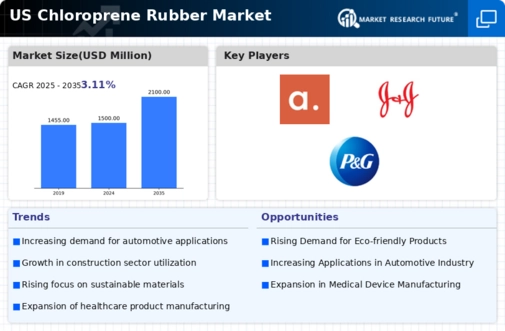
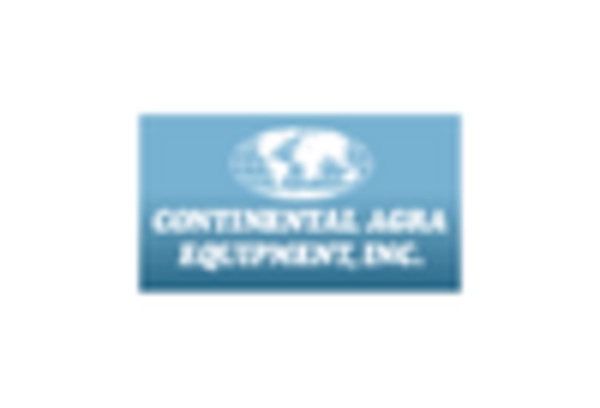

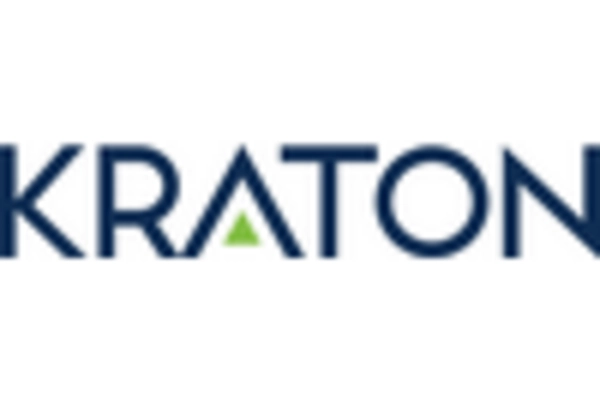
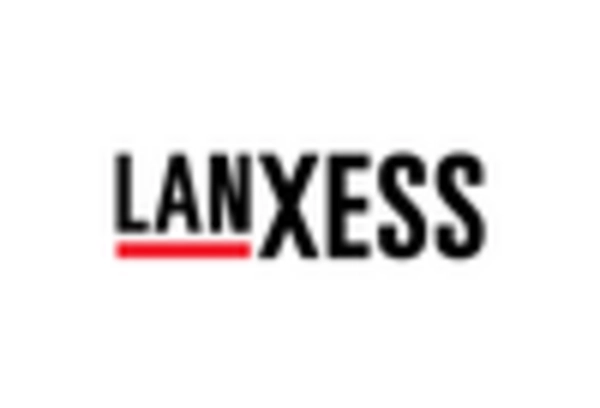
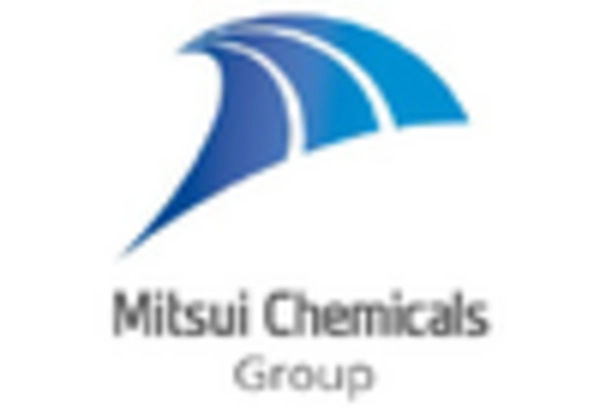
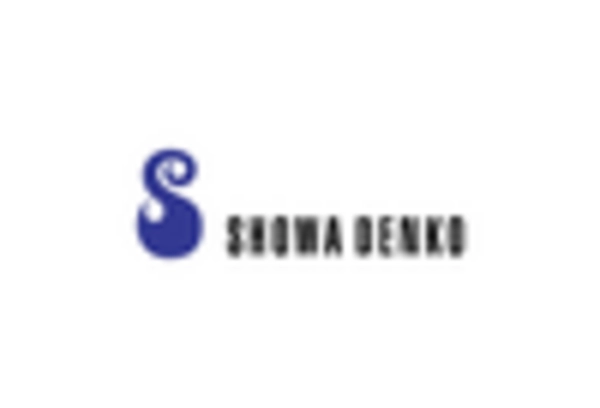








Leave a Comment